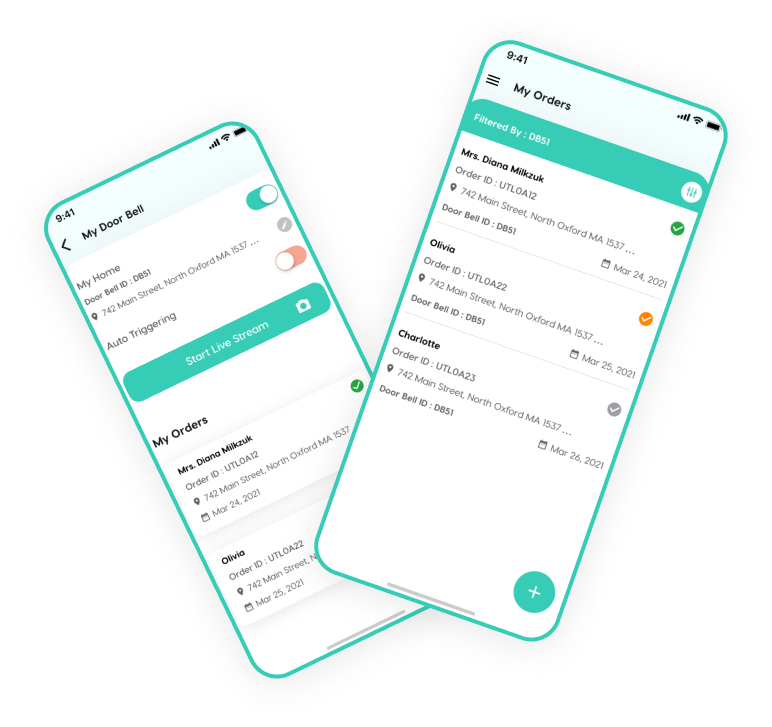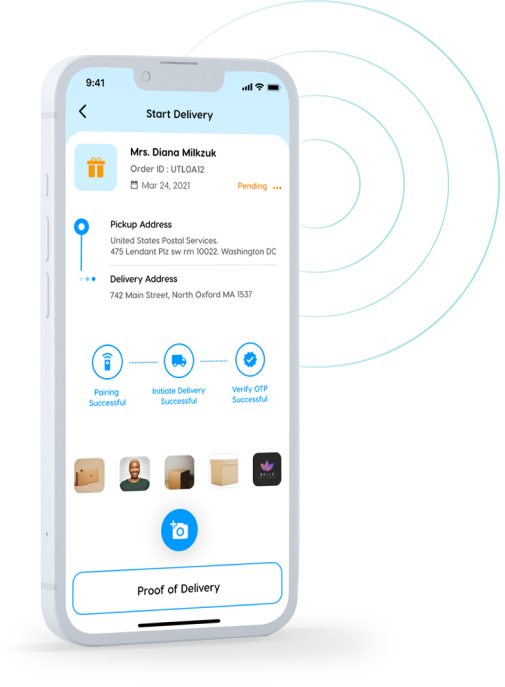Background:
With the escalating volume of deliveries and the increasing prevalence of online shopping, customers are expecting a solution that guarantees safe and timely arrival of their packages. The need for a reliable and effective solution like the Smart Track and Notify is obvious.
Millions of parcels are transported and delivered every single day in the quick-paced world of today's international delivery networks. A 2019 survey found that big firms handle startling amounts of deliveries, with UPS managing 22 million, FedEx managing 17 million, and Amazon handling 1.5 million every day.
Approximately 15% of online deliveries, accounting for around 1.5 million packages, are lost or stolen each day in the United States alone.
Smart Doorbells revolutionize delivery by effectively addressing the $7 billion lost revenue problem for merchants and supply chain giants like UPS and FedEx. With real-time tracking and instant notifications, customers gain peace of mind while remotely monitoring packages, reducing financial losses caused by missing deliveries.
Customers as part of our team :
To ensure successful product development, we took a collaborative approach by engaging customers as a team. Extensive market research on lost packages helped us understand customer needs and tailor our product accordingly.
Involving customers fostered a sense of ownership, resulting in a comprehensive feature set addressing their pain points. This collaborative approach allowed us to gather valuable data and insights, enabling us to identify the gaps in the market, such as lost packages, and tailor our product to meet the specific requirements of our target audience. We developed a go-to-market strategy by understanding customer preferences and behavior.
Open communication through various channels ensured timely input and shaped the product. This collaboration transformed customers into partners, leading to a superior product-market fit and strong relationships based on trust and shared goals.
Smart Doorbells revolutionize delivery by effectively addressing the $7 billion lost revenue problem for merchants and supply chain giants like UPS and FedEx. With real-time tracking and instant notifications, customers gain peace of mind while remotely monitoring packages, reducing financial losses caused by missing deliveries.


